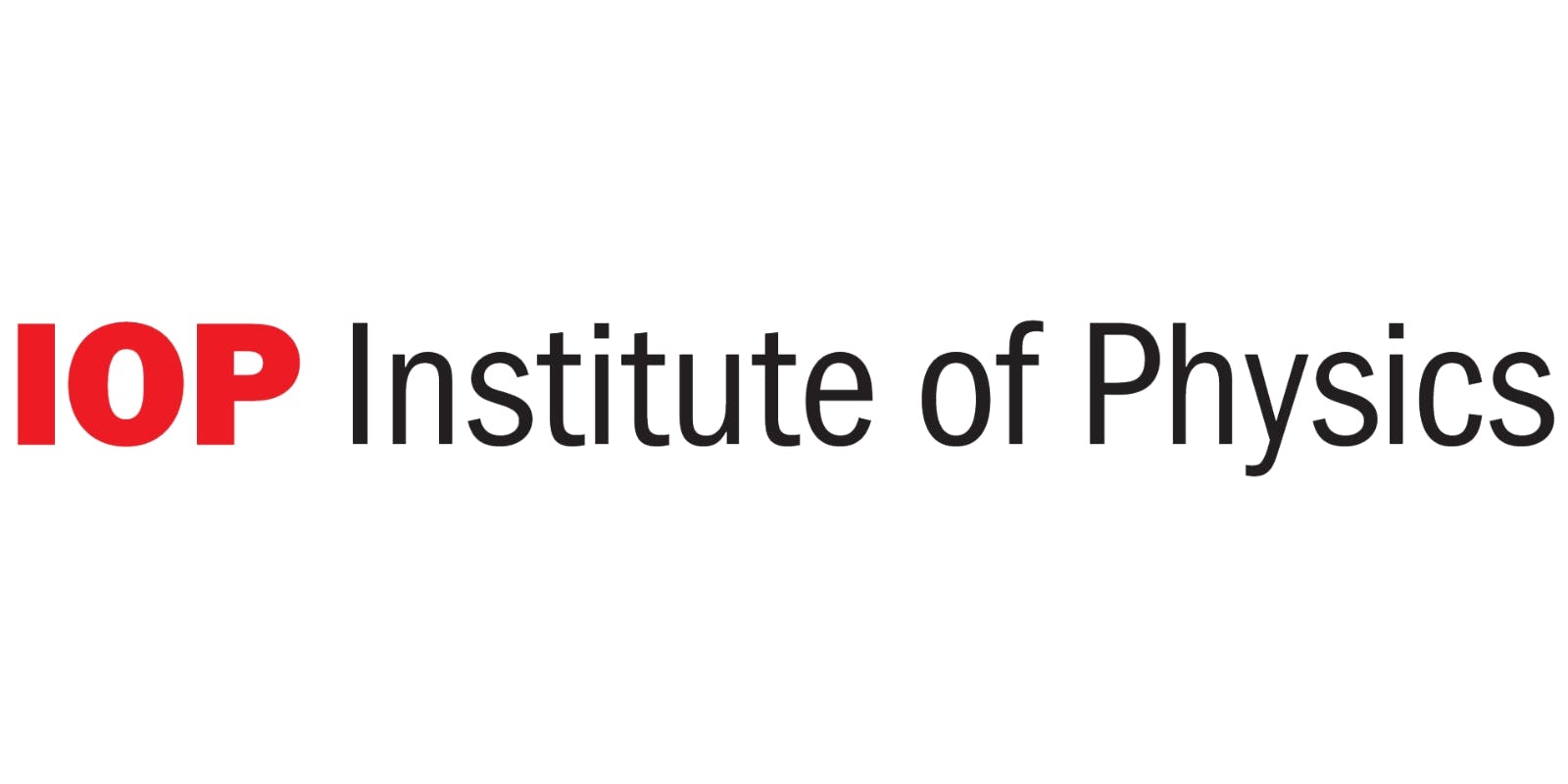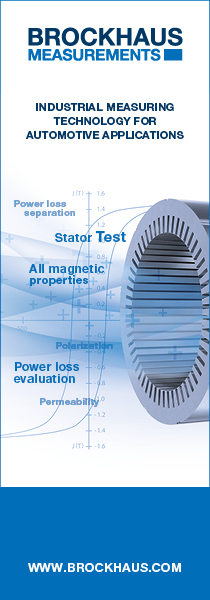Updated 4.4.23
Register on Eventbrite
Space exploration continues to be an extremely valuable tool in increasing the understanding of the Universe, as well as life on Earth, as we push the boundaries of scientific and technical limits.
This seminar will focus on magnetic challenges and considerations in the design and manufacture of spacecraft, as well as the role of magnetics in space applications and missions. Speakers from industry and academia will cover subjects including magnetic cleanliness, measurement and sensors, in addition to talks on magnetic aspects of the JUICE, LISA, VIGIL, Lunar Gateway and BepiColombo missions and some interesting magnetic phenomena that are observed in space.
VENUE
The event will take place at the National Space Centre in Leicester, UK
PROGRAMME
The event will run from 09:00-18:00 (UK time) and will include talks, a planetarium show, tour of the exhibit and networking opportunities. A draft of the programme will be shared in due course.
The planetarium show will be – We Are Guardians
The world, its peoples and environments are connected and interdependent. From the smallest bacteria to the largest ocean whale; there exists a link between all things. In a world out of balance, We Are Guardians looks at how ecosystems are intrinsically connected and with the increasing use of Satellite Monitoring, examines the links between human activities and climate change.
DIETARY REQUIREMENTS
Please let us know as soon as possible if you have any dietary requirements we need to be aware of.
ACCOMMODATION
Great Central Square, Leicester, LE14JS, United Kingdom
29 St Nicholas Circle, Leicester, LE1 5LX, United Kingdom
There are no special rates for this hotel for UK Mag Soc Delegates at this time.
DRESS CODE
The dress code for the event is business attire / smart casual.
CONTINUING CONTACT / GDPR
Please note, by providing contact details during registration, you authorise us to
- use these contact details to let you know details of this event, and
- add your contact details to our contact database to let you know about future events that may be of interest.
Please let us know at enquiries@ukmagsoc.org at any time if you do not wish to be contacted in this way. Also, we can remove you from our contact schedule at any point in the future.
We will also be taking photos at the event. If you do not wish to have your photo taken during the event, please contact events@ukmagsoc.org
Sponsors






